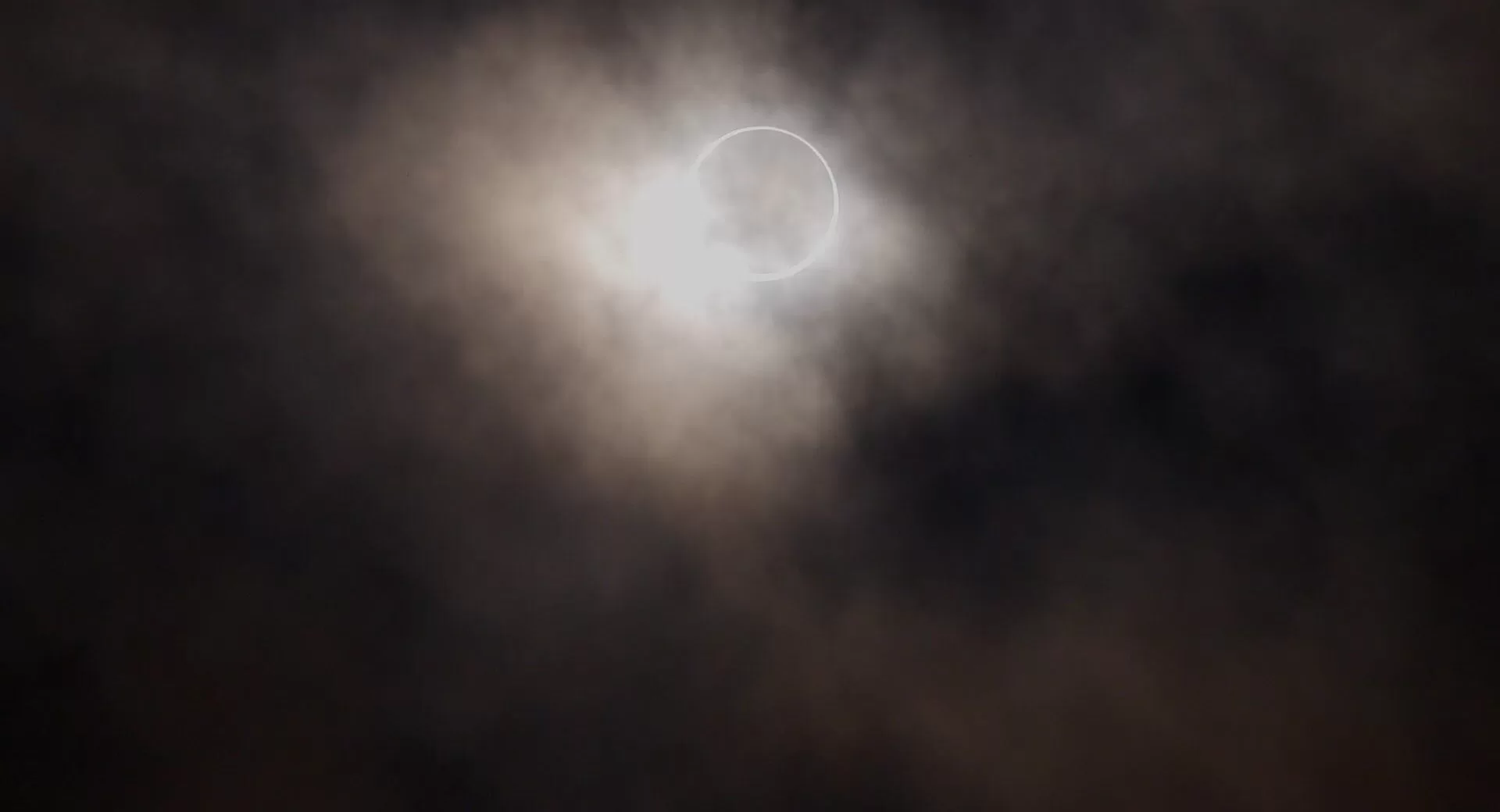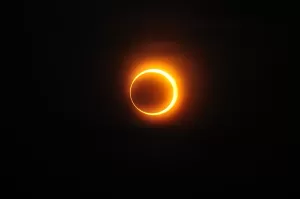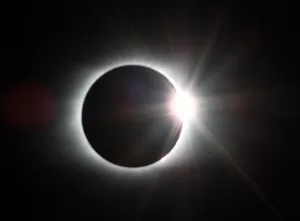As April 8th draws near, excitement mounts for the total solar eclipse that will grace southeastern Ontario and trace along the St. Lawrence River. Eager spectators are securing their eclipse glasses (we’ve got these and items for all your viewing needs at the Eclipse Essentials shop), but the big question remains: will the weather allow for a clear view of this astronomical marvel?
April’s weather in Canada, especially in the path of totality, is notoriously fickle, often marred by cloud cover and unpredictable systems. Yet, there’s hope. Last year, on April 8th, the skies were clear across the eclipse’s path, offering perfect conditions for eclipse viewing.
For the best experience, being mobile could be advantageous, as CBC News explains in a recent article. Jay Anderson, an eclipse chaser and former meteorologist, advises that local forecasts become reliable three days before the eclipse. He also points out Tignish in Prince Edward Island as a promising spot, known for its lower cloud cover.
In addition to weather considerations, the Federal Aviation Administration (FAA) has issued warnings about potential air travel disruptions due to the eclipse. This is a reminder for those planning to fly to their viewing location to check with airlines ahead of time.
Safety is paramount when observing a solar eclipse. The Canadian Space Agency emphasizes the importance of proper eye protection to prevent serious damage2. They also provide a wealth of information on the eclipse’s path of totality, which will pass through several Canadian provinces, immersing them in darkness for a few minutes.
For photography enthusiasts, there are specific items to consider purchasing to safely capture the eclipse. These include solar filters for cameras and telescopes, ensuring you can photograph the event without harming your equipment or eyesight.
The total solar eclipse promises to be a breathtaking event, with the moon’s shadow first touching down in Mexico, then sweeping across the United States before arriving in Canada. In Ontario, the partial eclipse will begin just before 2 p.m. EDT, with totality occurring around 3:12 p.m. The duration of the total eclipse will vary, with the longest period of darkness expected over northern Mexico.
Whether you decide to chase clear skies or enjoy the eclipse from your backyard, this celestial event offers a moment of awe-inspiring beauty. Remember to prepare, stay informed, and most importantly, stay safe as you witness the dance of celestial bodies.






